what to expect in your first counselling session
Starting counselling can feel like a big step—sometimes exciting, sometimes nerve-wracking, and often a little bit of both. Whether you’re seeking support for a specific issue or simply exploring the idea of personal growth, knowing what to expect in your first session with me can help ease anxiety and set you up for a positive experience.
Preparing for Your First Session
Before our first session, I’ll send you some basic paperwork—this includes a client intake form, confidentiality agreements, and consent forms. These help me understand your background and explain important ethical considerations, like confidentiality and its limits.
I also encourage you to reflect on what brought you to counselling. You don’t need to have all the answers or even a clear goal yet, but thinking about what’s been on your mind can help our first conversation flow more easily.
Creating a Safe and Confidential Space
My priority is to create a safe, supportive, and confidential space where you can feel at ease. I’m bound by an ethical framework that protects your confidentiality, with clear limits (such as situations where there’s a risk of harm to yourself or others, or legal obligations). I’ll go over these boundaries in our first session so you know exactly where you stand.
I understand that opening up to someone new can feel daunting. You might feel nervous or unsure—that’s completely normal. I’ll meet you with warmth, empathy, and zero judgment.
Getting to Know You
The first session is a blend of practical questions and open conversation. I’ll likely ask about: What brought you to counselling? Is there something specific you’d like to work through, or are you seeking general support?
Your personal history—Family background, relationships, work, and any past experiences with therapy.
Your emotional well-being—How you’ve been feeling lately, any mental health concerns, or significant life events.
You’re in control of what you share, and you can take things at your own pace.
Exploring Goals and Expectations
Counselling isn’t a one-size-fits-all process. In our first session, we’ll explore what you hope to get out of therapy. Some clients come in with clear goals, like managing anxiety or navigating a breakup. Others just need space to talk and figure things out. I might ask:
What would you like to be different by the end of our work together?”
Have you had counselling before? If so, what worked or didn’t work for you?”
These conversations help me tailor our sessions to fit your needs.
My Approach to Counselling
I use an integrative approach, blending person-centred and psychodynamic techniques. This means I create a space where you feel truly heard and accepted, while also exploring how past experiences and unconscious patterns may be influencing your present. We can work in the here-and-now, focusing on your immediate concerns, while also gently exploring deeper-rooted issues that may arise.
My person-centred approach ensures that you remain at the heart of our work, while psychodynamic insights help us understand recurring patterns or emotional blocks. If you’re curious about how I work or would like me to adapt my approach, just let me know—I want our sessions to feel right for you.
Managing Expectations and Pacing
Sometimes, clients expect to feel immediate relief after the first session. While some people do feel lighter, others might leave feeling thoughtful, emotional, or even a bit unsettled. All of these responses are completely normal.
Counselling is a process of building trust and working at a pace that feels safe. You don’t need to dive into everything straight away.
The Emotional Experience of a First Session
You might leave our session feeling relieved, reflective, or emotionally drained. Therapy can bring up unexpected feelings, and that’s part of the process.
If you find yourself thinking about the session afterward, that’s often a good sign—it means you’re engaging. But if you feel overwhelmed or unsettled, feel free to jot down your thoughts or even reach out to me before our next session.
Next Steps: Continuing Our Work Together
At the end of our first session, I’ll ask how you’re feeling about moving forward. There’s no pressure to decide on the spot. It’s essential that you feel comfortable and that we’re a good fit. If it doesn’t feel quite right, that’s completely okay—I can help point you in the direction of another therapist if needed.
Tips for Getting the Most Out of Counselling
Be honest about how you’re feeling, even if it feels awkward.
Ask questions about the process—there are no “wrong” questions.
Give yourself time after sessions to reflect and process.
Remember, therapy is a partnership—we’ll work through things together.
What If I Don’t Click with My Therapist?
It’s important that you feel comfortable with your therapist. If, after a session or two, you feel that we’re not quite the right fit, that’s absolutely okay. Sometimes it takes meeting a couple of therapists before finding the right connection. I’m always open to honest feedback and can help guide you to someone who might be a better match if needed.
Virtual vs. In-Person Sessions
I offer both in-person and virtual counselling sessions to suit your needs. In-person sessions provide a grounded, face-to-face connection, while virtual sessions offer flexibility and comfort from your own space. Both formats are equally effective—it’s all about what works best for you.
Final Thoughts
The first counselling session is about creating a connection and seeing if we’re the right fit. It’s completely normal to feel a mix of nerves and curiosity. My aim is to offer you a space where you feel safe, seen, and supported.
If you’re considering counselling or are about to take that first step, know that you’re making an important move toward greater self-understanding and positive change. And that’s something worth celebrating. Feel free to book a 15-Minute Consultation to find out more.
